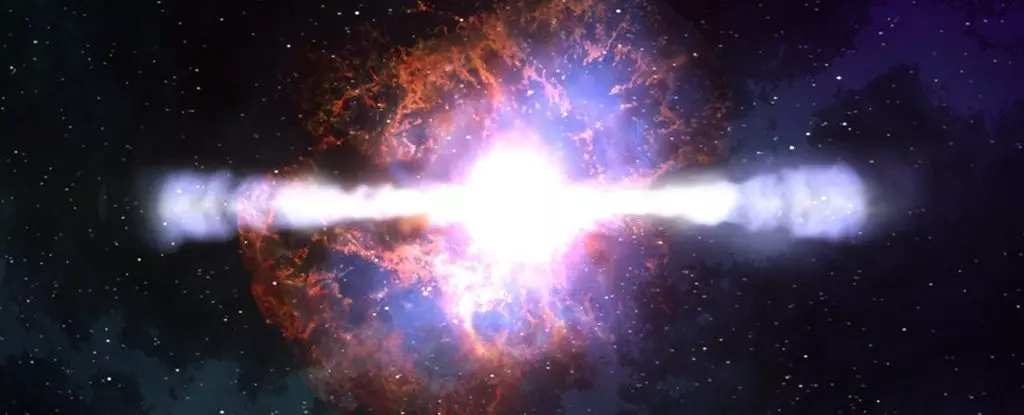For decades, the dominant narrative in the search for extraterrestrial life has been that high levels of cosmic radiation are universally lethal, sterilizing planets and rendering them inhospitable. This assumption is rooted in the understanding that ionizing radiation damages DNA and other essential organic molecules, leading to mutations, cancer, and death in biological organisms. Earth’s protective shield—its magnetic field and atmosphere—serves as a vital line of defense, shielding its biosphere from harmful cosmic particles. Consequently, many scientists have regarded unshielded celestial bodies as barren wastelands, unfit for life. This perspective has profoundly shaped mission priorities and planetary exploration strategies, often focusing on relatively warm, sunlit worlds with stable climates.
However, a paradigm shift is emerging in astrobiology, driven by recent scientific insights suggesting that cosmic radiation might not always be an enemy. Instead, under specific environmental conditions, high-energy particles from space could serve as a hidden resource—fostering biological processes rather than destroying them. This groundbreaking perspective fundamentally challenges our ingrained assumptions, proposing that cosmic rays could be stepstones in the story of life’s potential beyond Earth.
Cosmic Rays as Unlikely Providers of Energy for Life
The new research delves into the remarkable phenomenon of radiolysis—the process by which ionizing radiation knocks electrons out of molecules, creating reactive species like free radicals. In terrestrial environments, radiolysis is often a means of sterilization; in space or subsurface worlds, however, it could paradoxically energize microbial life. Suppose underground water or icy deposits on moons like Europa or Enceladus are constantly bombarded by cosmic rays. In that case, these particles could break down water molecules into hydrogen and oxygen, forming a chemical energy source that microbes could exploit.
Simulations of these environments suggest that, contrary to prior assumptions, cosmic radiation can produce enough chemical energy to sustain microbial ecosystems, especially in dark, frigid zones where sunlight is absent. Such processes could create isolated “oases” of life deep beneath planetary surfaces, where radiation serves as a driver of chemical reactions instead of a destructive force. The implications are profound: worlds previously dismissed as lifeless because they lack warmth or sunlight could actually harbor thriving microbial communities fueled by cosmic radiation’s transformative power.
Redefining Habitable Zones in Our Solar System and Beyond
The shift in understanding broadens the scope for locating habitable environments throughout our Solar System. Moons like Enceladus and Europa, which possess subsurface oceans, emerge as prime candidates for extraterrestrial life. Their icy crusts act as shields, yet the persistent bombardment by cosmic rays may generate local energy sources in their subterranean waters. Mars, often romanticized as a potential habitat due to its past climate, might also host microbe-friendly niches capable of utilizing radiolytic processes.
This reevaluation invites us to look beyond traditional habitable zone models centered on stellar warmth and solar energy. Instead, the focus now expands to include the potential for chemical energy derived from space radiation. Such environments could be more common than previously assumed, increasing the universe’s potential for hosting life. It also underscores the importance of studying subsurface worlds and understanding how cosmic phenomena might inadvertently support biological activity, reshaping our search for life across the cosmos.
The emerging narrative underscores an optimistic, if controversial, possibility: cosmic radiation, once seen purely as a biological threat, might be an unexpected ally in the quest to find life beyond Earth. By reevaluating the role of radiation, we unlock new avenues for exploration, challenging us to reconsider the fundamental conditions that make a world truly habitable.

